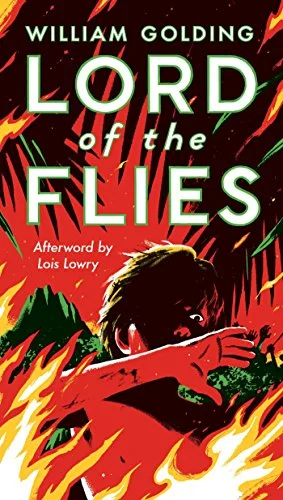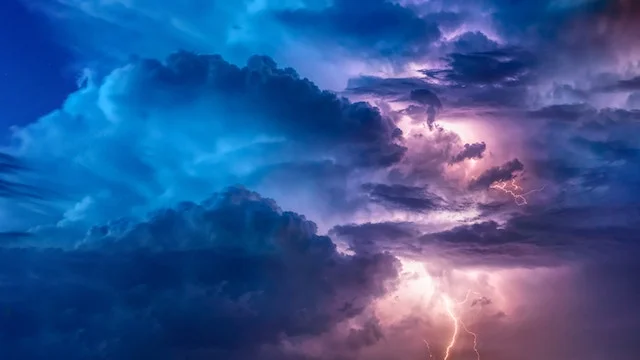Few images in American literature are as enduring and enigmatic as the green light in F. Scott Fitzgerald’s The Great Gatsby. Situated at the end of Daisy Buchanan’s dock, across the bay from Jay Gatsby’s mansion, the green light is introduced early in the novel and recurs throughout, gaining symbolic weight with each appearance.
On the surface, it’s a literal marker of distance—but as the story unfolds, it becomes much more: a symbol of hope, illusion, ambition, and the unreachable nature of dreams.
Understanding the significance of the green light requires more than a surface reading. It stands at the intersection of personal longing and cultural commentary, making it one of the most powerful literary symbols of the 20th century.
Hope and the Dream of Reconnection
To Jay Gatsby, the green light represents his dream of reuniting with Daisy, the woman he fell in love with before going to war. After years of striving and reinventing himself into a wealthy, polished figure, Gatsby buys a mansion directly across from hers—not just for proximity, but to be constantly reminded of what he is pursuing.
In one of the novel’s most famous passages, Gatsby is seen stretching out his arm toward the green light, trembling with yearning. This gesture encapsulates the nature of hope itself—reaching for something beautiful but distant, uncertain whether it can ever truly be grasped. The light becomes a physical manifestation of Gatsby’s unwavering belief that he can recapture the past and, through willpower alone, reshape the future.
The Illusion of the American Dream
Beyond Gatsby’s personal longing, the green light also functions as a broader commentary on the American Dream. The novel is set during the Roaring Twenties, an era marked by excess, consumerism, and the pursuit of upward mobility. For many, the American Dream was the promise that hard work and determination could lead to success and happiness.
Gatsby is, in many ways, the embodiment of this ideal. Rising from humble beginnings, he reinvents himself and amasses a fortune—all in pursuit of an idealized life with Daisy. But his wealth is acquired through dubious means, and his dream proves hollow. The green light, ever out of reach, reflects the false promises embedded within the American Dream. It shines brightly but ultimately represents an unattainable illusion, revealing the disparity between expectation and reality.
A Symbol of Distance and Separation
While Gatsby views the green light with optimism, the reality it represents is one of separation. It is always distant, always across the water. This spatial gap underscores the emotional and social chasms that Gatsby cannot bridge—between himself and Daisy, between old money and new, and between reality and fantasy.
The bay that separates them is not just a physical barrier but a metaphorical one. Despite Gatsby’s wealth, he is never truly accepted into the elite circles that Daisy inhabits. The light thus also signifies the entrenched social divisions of the time, which even money cannot dissolve.
Time and the Irreversible Past
The green light’s symbolism is deeply tied to Gatsby’s obsession with time. He believes he can repeat the past, restoring his relationship with Daisy to what it once was. However, time in The Great Gatsby is portrayed as linear and irreversible. No amount of wealth or charm can recreate the innocence or conditions of their earlier love.
In this context, the green light becomes a kind of temporal mirage. It points not only toward Daisy but toward a moment in time that no longer exists. Gatsby’s refusal to accept this truth propels the tragedy of the novel. His fixation on the green light is a fixation on an ideal that reality can never deliver.
Color Symbolism and Psychological Impact
The choice of green is not incidental. In literature, colors often carry symbolic meaning, and green is a particularly layered choice. Traditionally, green can represent growth, fertility, and renewal. These meanings align with Gatsby’s hopes for a new beginning. But green is also associated with envy and greed, qualities that permeate the social environment of the novel.
Moreover, the green light mirrors the green of American currency, reinforcing the theme of materialism. Gatsby’s dream is intertwined with wealth—not just to impress Daisy, but because he believes wealth will give him the access and legitimacy he needs to reclaim her. The psychological power of the light lies in its ability to stand in for all of these meanings at once—hope, desire, greed, and the promise of something better.
A Beacon in the Fog
The green light often appears through a veil of mist, obscured but glowing. This hazy visibility is significant. It suggests that while the dream may shine brightly, it is never fully clear. It’s distorted by distance and desire, making it a projection more than a tangible goal.
This visual obscurity reflects Gatsby’s inability to see Daisy—and the life he wants with her—clearly. He loves an idealized version of her, frozen in time, not the flawed human being she has become. The mist over the light mirrors the delusion in his vision, making it a symbol not just of aspiration but of self-deception.
The Green Light After Gatsby’s Death
After Gatsby’s tragic death, the green light takes on a new resonance. In the novel’s closing lines, Nick Carraway reflects on the light and what it represents. He sees it not just as Gatsby’s dream, but as the collective dream of a nation—pushing against the current, striving toward an unreachable future.
Nick’s meditation turns the green light into a universal symbol. It becomes a mirror for anyone who has ever chased an ambition or ideal, only to find it elusive. It speaks to the human tendency to project meaning onto unreachable goals and to believe that with enough effort, we can overcome the limits of reality.


